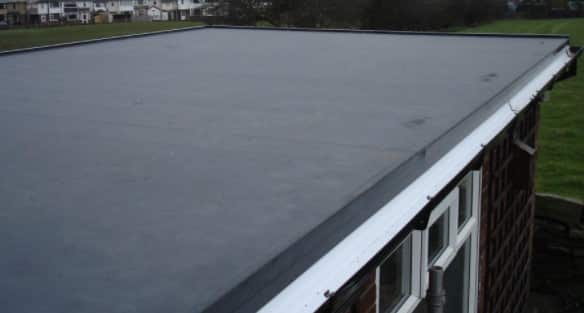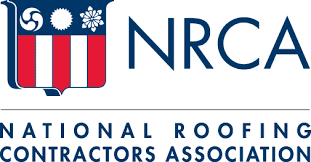Flat roofs are not the most common types of roofs you will see on American homes, but they are fast gaining popularity due to their easy maintenance and clean look. The truth is that flat roofs are not entirely flat. Generally, any roof with a pitch of 1-10 degrees is called a flat roof. They have a slope of quarter of an inch per foot. This is so water can easily run off the roof when it rains, and your home remains dry and safe.
Flat roofs are sturdy and durable enough to last decades, which is why they are becoming popular with both home owners and commercial builders. There are pros and cons of flat roofing, let us check them out.
Benefits of flat roofs
Structural benefits
Most commercial buildings are very large in size and installing a steep-sloped roof can be impractical. It is often difficult to design and maintain steep slopes. Flat roofs are also a practical option for multi-family homes that share the roof.
Aesthetic appeal
Flat roofs with their clean lines can render a premium and modern appeal to the building. They look clutter-free and aesthetically pleasing. Also, these roofs come in a variety of materials and styles and you can choose the one that best meets your needs and design requirements.
Versatility
Flat roofs are installed on commercial buildings due to their durability and cost effectiveness. It is usually less complex to choose a flat roof according to design and building structure. This saves time, money and effort during construction. There is a wide variety of materials to choose from so you can easily find what you need.
Some of the most commonly used materials are Built up Flat Roofs (BUR), Ethylene Propylene Diene Monomer (EPDM), Thermoplastic olefin (TPO) and PVC. Flat roofs are normally multi-purpose and you can use them for terrace gardens, installing solar panels or other applications, which are not feasible with steep slopes.
Easier maintenance and inspection
Commercial buildings are inspected more often due to liability issues. Flat roofs are usually easier to inspect compared to the conventional roofs. They are also relatively easier to maintain and repair in case an issue arises. Cleaning the gutters is also easier, however one must ensure that the gutters are always kept clean in order to prevent clogging. Remember, in case of a heavy downpour, water will not run off as easily as it does in case of slanting roofs.
Cost
It requires fewer materials to build a flat roof compared to a conventional roof. Also, installation times are much shorter. There are different material options available to suit different budgets and requirements.
Longer lifespan
Flat roofs are incredibly durable and that’s the reason why they are a popular choice for commercial buildings. When properly installed, flat roofs can last up to 3-4 decades depending on the material. Today, flat roof assemblies are specifically designed to withstand UV exposure, high winds and water.
Drawbacks of flat roofs
Requires regular cleaning
Flat roofs are prone to debris build up in the pipelines, which can cause blockage in the drainage system. This can cause cracks in the roof. So, regular cleaning is necessary.
Drainage problem
Water does not get drained off automatically off of flat roofs. It is important that the surface is slightly inclined to ensure that the water can easily flow out of the building. If the surface is not properly levelled, water will accumulate and cause cracks in the roof. So, the drainage system should be checked regularly, particularly during the rainy and snow season.
If you are considering flat roof for your building, make sure you choose a roofing contractor that can tackle the unique needs of a flat roof system.




